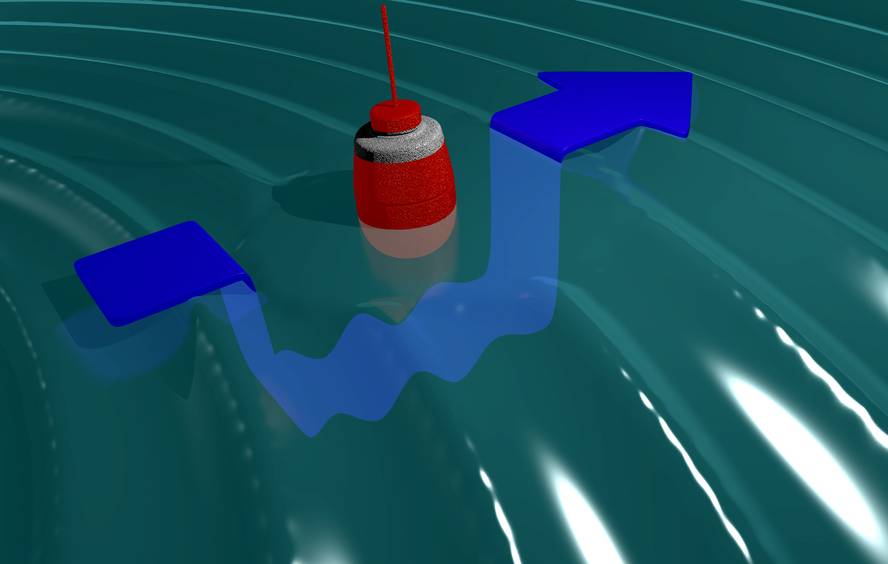Invisibility in the waves

A boat floating in the sea leaves a mark on the waves around it. But a University of California physicist has proposed a technique that could greatly reduce that footprint and in some cases eliminate it. This means that moorings and buoys could be protected from the influence of the adverse sea.
The basic idea of the effect is that of the invisibility cover, that is, channel the waves that reach the floating object so that they appear on the other side of the object with the same shape and speed. The techniques to achieve this are currently the object of study of the most cutting-edge physics, since thanks above all to the metamaterials is giving results in the field of light waves.
In the case of the sea, the key is to adapt the shape of the seabed, where the sea is not very deep, the waves depend on the bottom, so changing the bottom is acted on the shape of the waves. But not in a right way. Sea water is not homogeneous, the bottom is colder and denser than surface water. The researcher has modelled the water as if it were divided into two layers, in which the interface between the two is also formed by the waves, and it is precisely the invisibility of the surface waves is achieved from those intermediate waves; the waves of the surface of the water must be removed near the floating object after transferring its information to the interfaces. And the shape of the background must cause a phenomenon contrary to the other side of the object.
In practice, the sea is not divided into two layers and there is no interface, but it is a gradient at water temperature and density. Consequently, the effect of invisibility will never be total, but at least it will work largely.





